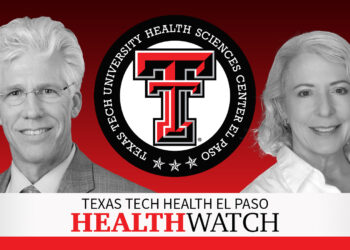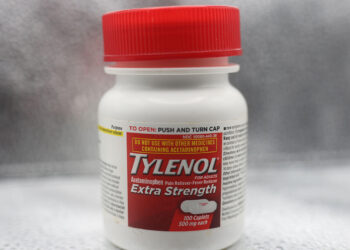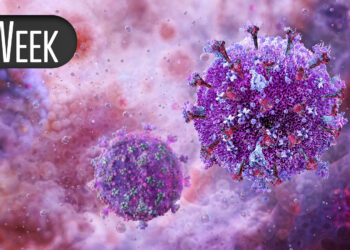TOPLINE:
Mass administration of azithromycin to both infants aged 1-11 months and children aged 12-59 months reduced infant mortality compared with treating infants alone. Although the interaction effect was not statistically significant, mortality appeared to be lower among infants living with treated older siblings.
METHODOLOGY:
- In this secondary analysis of a cluster-randomized trial, researchers evaluated whether mass azithromycin administration reduced infant mortality and examined how that benefit varied when an older sibling in the same household also received azithromycin.
- They included 98,969 infants aged 1-11 months with a minimum weight of 3 kg and no known macrolide allergies who received biannual 20-mg/kg doses of oral azithromycin or placebo from November 2020 to July 2023 in Niger.
- Participants were divided into three arms: infants and children aged 1-59 months on azithromycin (child arm), infants aged 1-11 months on azithromycin and children aged 12-59 months on placebo (infant arm), and children aged 1-59 months on placebo (placebo arm).
- The primary outcome was the community-level rate of all-cause mortality among infants aged 1-11 months after 2 years of azithromycin distribution, stratified by the presence or absence of older siblings (12-59 months) in the household.
TAKEAWAY:
- The mortality rate of infants per 1000 person-years at risk was lowest in the child arm at 18.5 deaths (95% CI, 16.7-20.4) compared with 22.3 deaths (95% CI, 20.0-24.7) in the infant arm and 23.9 deaths (95% CI, 21.6-26.2) in the placebo arm.
- In communities receiving azithromycin vs placebo, mortality among infants aged 1-11 months declined by 23% (95% CI, 11%-33%). Of this reduction, 23.5% (95% CI, 1.2%-72.7%) was attributable to treating infants directly, while 76.5% (95% CI, 27.3%-98.8%) resulted from also treating children aged 12-59 months.
- Among infants with older siblings, the incidence rate ratio comparing child and infant arms was 0.78 (95% CI, 0.65-0.93), while it was 0.91 (95% CI, 0.73-1.15) for those without siblings (P for interaction = .26).
IN PRACTICE:
“The main trial results support implementation of azithromycin MDA [mass drug administration] to infants and children aged 1-59 months to achieve the greatest benefit. The analyses presented herein further support this conclusion and suggest that the spillover mechanism may include treating older siblings,” the authors wrote.
SOURCE:
This study was led by Ahmed M. Arzika, MPH, Centre de Recherche et d’Intervention en Santé Publique, Birni N’Gaoure, Niger. It was published online on July 10, 2025, in JAMA Network Open.
LIMITATIONS:
Limited statistical power restricted the detection of interaction effects in subgroup analyses. Even in high ‐ mortality settings, deaths remain too infrequent to reveal significant differences between subgroups. The large simple trial design prevented the evaluation of cause-specific mortality. Thus, analysis of specific causes of death likely associated with spillover effects of the mass administration of azithromycin could not be determined.
DISCLOSURES:
This study received support from the Bill & Melinda Gates Foundation and National Institute of Allergy and Infectious Diseases of the National Institutes of Health. Pfizer Inc donated the azithromycin and placebo used in the trial. A few authors reported receiving grants from the funding organization.
This article was created using several editorial tools, including AI, as part of the process. Human editors reviewed this content before publication.
Source link : https://www.medscape.com/viewarticle/can-treating-siblings-aid-azithromycins-effect-infants-2025a1000knw?src=rss
Author :
Publish date : 2025-08-04 12:20:00
Copyright for syndicated content belongs to the linked Source.














